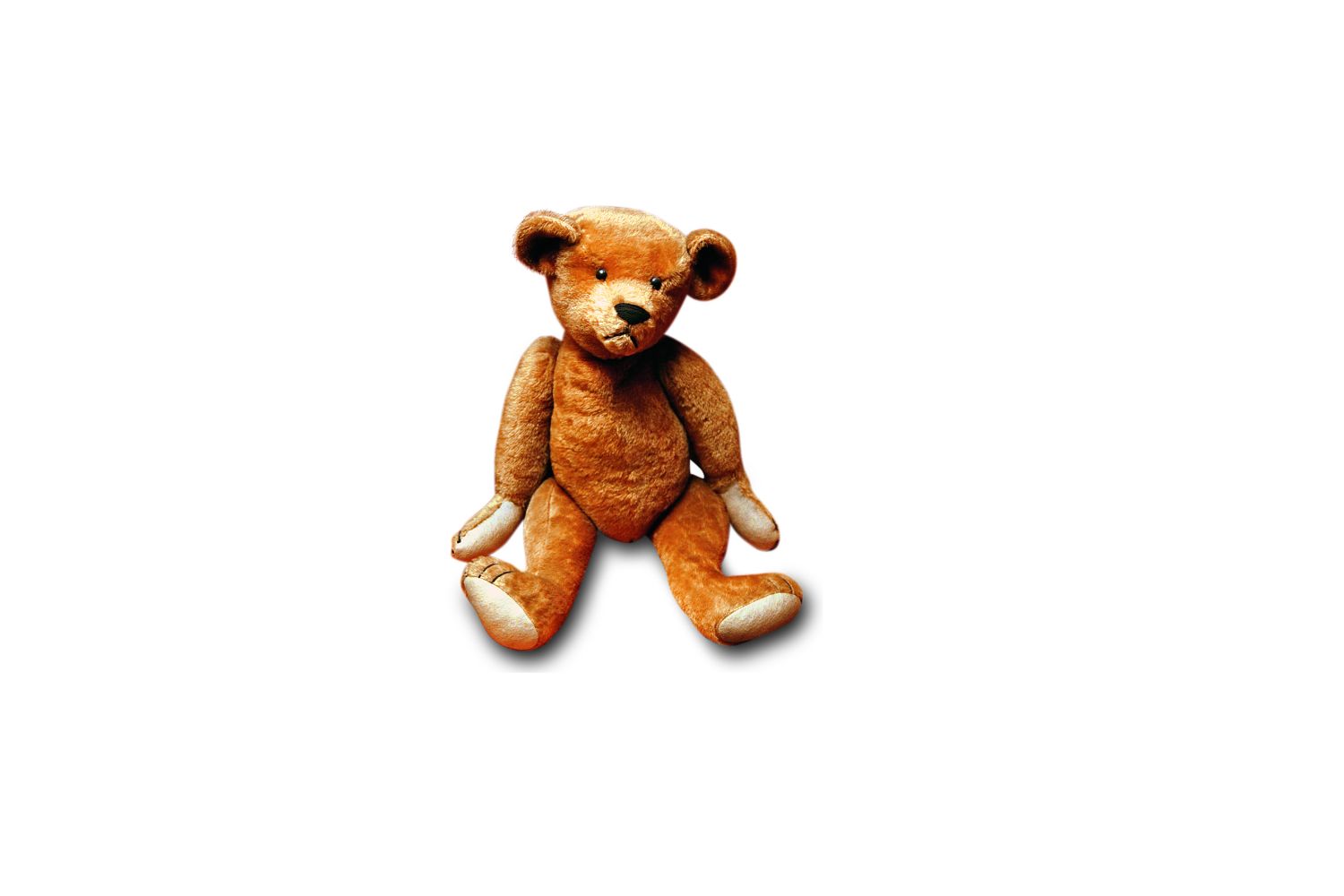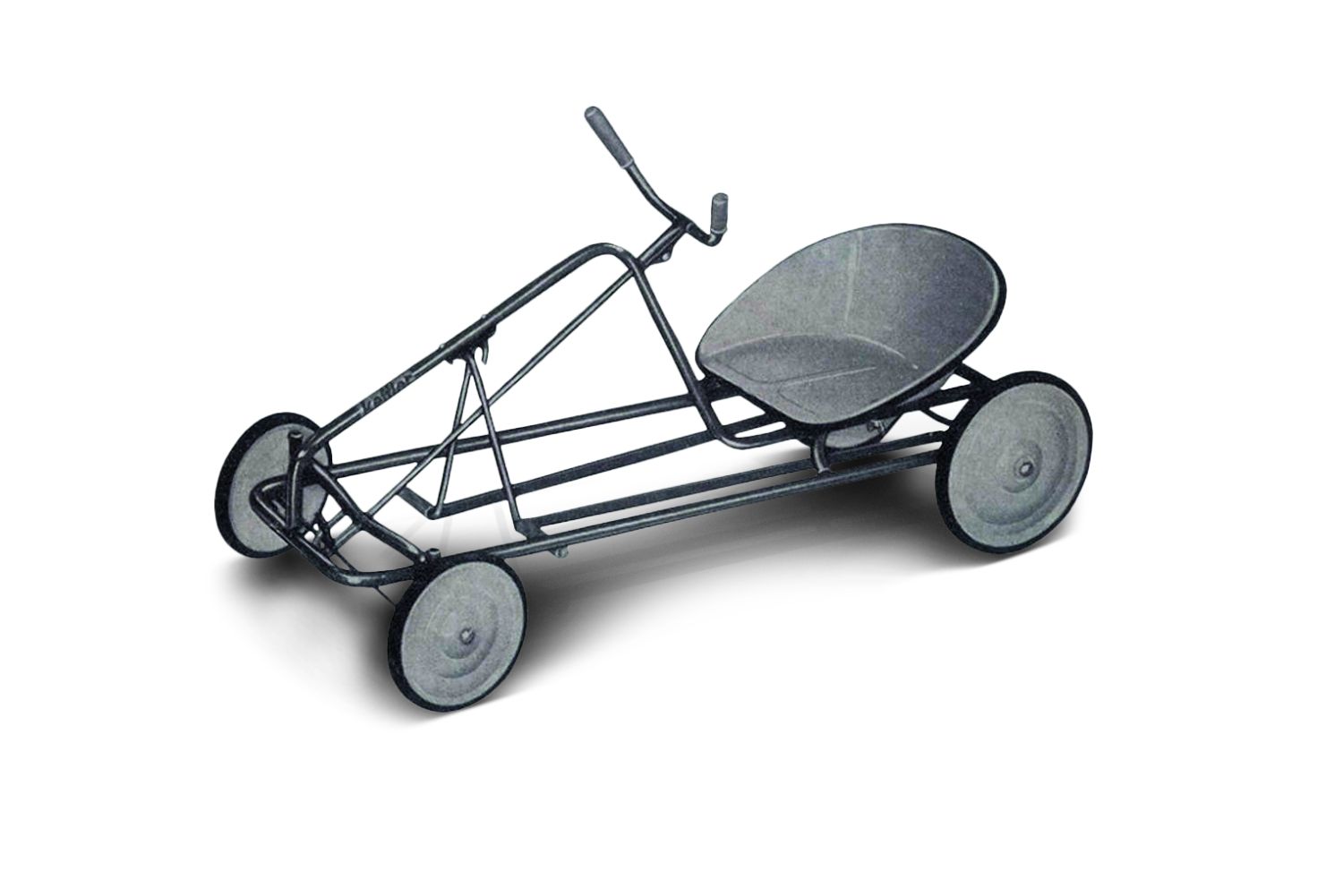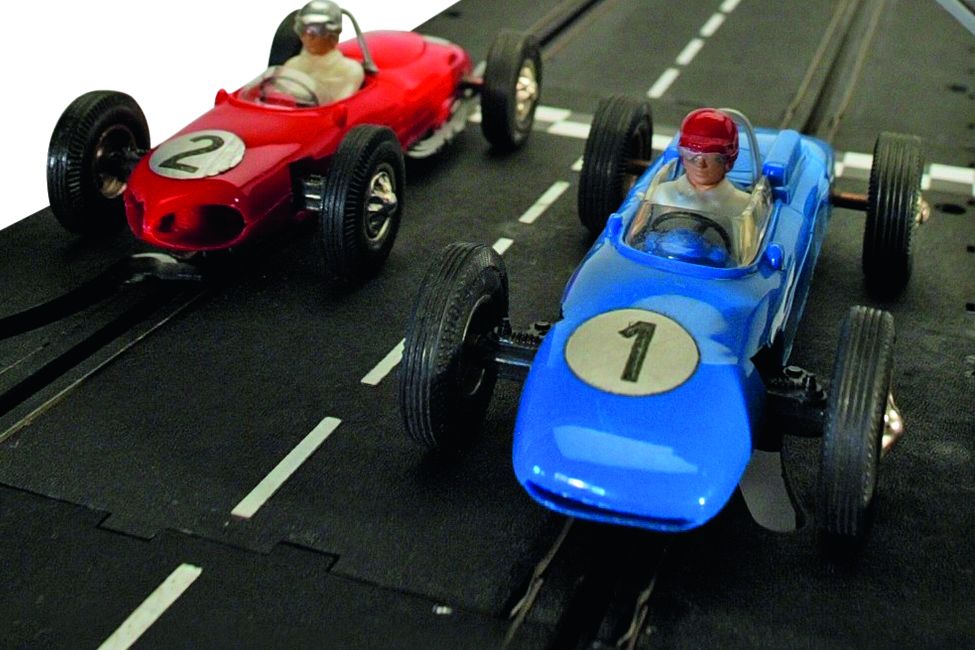Play it Safe
Author: Peter Knoll
Nowadays, parents keep an eye on everything that may even come close to harming their children. But is one-hundred-percent safety even achievable? Educators and psychologists even call for ‘the right to risk.’ It’s part of ensuring childhood is adventurous, not boring.
It is a dramatic few minutes as two bathers fight for the life of a young boy in the hot Summer of 2018 in a public swimming pool in Hamburg. The four-year-old has gone for a little adventure – entirely unnoticed – to the 1.3-meter-deep ‘fun pool,’ and is now floating lifelessly at the bottom. A 13-year-old girl realizes what is happening, jumps into the pool and pulls the boy out of the water. Immediately, another bather is on the scene and begins the resuscitation. Successfully. By the time the ambulance arrives to whisk the boy to hospital, he is conscious again.
While this case ended positively, this same situation is a major cause of child death in the US. In June 2018, a case involving US Olympic Skier Bode Miller and his six-month-pregnant wife Morgan hit the headlines. They tragically lost their 18-month-old daughter in a pool accident. According to the Consumer Product Safety Commission (CPSC), 350 children under the age of five drown in swimming accidents each year in the US, with especially high concentrations in the sunny states of California, Florida and Arizona. Staggeringly, 95 percent of those accidents occur in familiar surroundings, in one of the six million private pools, often belonging to one’s own family. According to the German Life Saving Association, 14 preschool- and elementary-school-aged children drowned in pool-poor Germany in 2017.
While it isn’t always a case of life or death, there is no such thing as a risk-free childhood! This is the belief of British Childhood Researcher Tim Gill, famed for his book ‘No Fear.’ However, he demands that parents take a certain amount of risk, so that children can come into contact with hazards and learn to handle them. This helps the kids to become confident and self-aware and exercise control over their lives.
Modern harm prevention
For parents, the quest for safety begins long before the birth of their first child. Hardly any room is more lovingly furnished than the first child’s room. Effort is made to make carpets, wallpaper and cots as ‘eco’ as the apples from the local organic farm. As furniture and shelves are essentially invitations to climb, they are bolted to the wall with a variety of systems, where the grandparents would have used a simple bracket from the hardware store. Nowadays, internal magnet systems can be used to secure every single drawer.
As invisible as a magnetic field is the danger from electrical sockets, which has been remedied for decades with self-adhesive inserts. In Germany, the VDE Association for Electrical Technologies now urgently advises the use of sockets with integrated protection – especially the installation of residual current circuit breakers (RCDs or Residual Current Devices) in the home electrics. According to statistics, these devices have reduced the number of fatal electrical accidents by more than 75 percent since the 1960s. An RCD already trips at currents in the range of 10 milliamperes.
There are, of course, other dangers. The garish cat ‘Hello Kitty’ – originally from Japan but long produced in China, as are more than 70 percent of all toys – was part of a test for harmful substances in 2010. It was awarded as the only stuffed animal to contain zero hazardous compounds! The 29 others were contaminated with polycyclic aromatic hydrocarbons (PAHs), phthalates, nonylphenol ethoxylates (NPEs) and even lead. One stuffed monkey received the following death sentence: ‘Goes up in flames too quickly. Not for market distribution!’
“In such tests, you must consider that there are toys on trial that aren’t even allowed to be sold here,” says Ulrich Brobeil, Managing Director of the German Toy Manufacturer’s Association, before adding: “Unfortunately, Internet platforms bring toys into the EU that do not comply with our regulations.” He emphasizes that parents should always pay attention to the CE mark when buying toys: “This is essentially the passport for all toys!”
Materials under close scrutiny
“It always depends on the use. For example, where phthalate plasticizers have proven to be unsuitable, otherwise plasticized materials could be used,” says Daniel Marx, Test Engineer and Manager Responsible for Toys at DEKRA Testing and Certification GmbH. However, Marx emphasizes: “If a manufacturer has opted to use plastic, then they know that there are chemicals present that may bring disadvantages in the long run.” According to Marx, a developing market and the mechanization of toys and children’s products is leading to test methods being modified accordingly.
The safety requirements of toys are becoming ever more complex: physical and mechanical attributes; their flammability; chemical, electrical and electromagnetic characteristics are all in focus. More and more classic toys now contain electronics. A pacifier that reads the baby’s body temperature and transmits this to the parents’ smartphones must not just conform with mechanical and chemical composition regulations, but also radio and telecommunications guidelines.
Daniel Marx: “DEKRA supports toy manufacturers right from the development phase, testing for the requisite safety standards in our labs in China and Germany.”
Risk regions
Every five seconds somewhere on Earth, a child dies. This is stated in a United Nations Children’s Fund (UNICEF) report. Often, these deaths are in underdeveloped regions and in the first five years of life. Most deaths could be avoided through simple solutions such as access to medicine, clean water, electricity, vaccines, more health facilities and doctors. Between the ages of five and fourteen, the planet’s children die more frequently from injuries, drownings and traffic accidents. But for a child in sub-Saharan Africa, that risk remains 15 times higher than in Europe. In Germany, around 1.7 million children receive medical treatment following accidents, with nearly 200,000 of them hospitalized. Two thirds of accidents happen in the home. Up to the age of five, falls, poisoning, burns and scalding are the main causes – according to German federal association ‘Mehr Sicherheit für Kinder e. V.’ (More Safety for Children).
At around the age of ten, when children become more mobile without parental supervision, road traffic becomes the greatest risk. Figures from the German Federal Statistical Office reveal that of the approximately 14,500 such accidents each year in Germany, 7,000 were on bicycles, and 3,000 were pedestrians. However, road traffic has become safer. Speed limits, traffic-calmed zones, increased pedestrian crossings and traffic lights have helped reduce the number of incidents involving children from around 70,000 to 30,000 over the last three decades. The contrast is especially great in the number of fatal accidents. While in 1960, approximately 1,500 children were killed on German roads, this number had fallen to 61 by 2017.
Having said this, there is particular danger when young people are put in charge of a motor vehicle as novice drivers. One third of moped and scooter riders injured in 2016 fell in the 15 to 24-year-old age bracket. In this age group, there were 89 deaths for every 100,000 registered vehicles, compared with 22 in older age brackets. Statistically, boys account for around two-thirds of the total number of accident victims because they are less risk-averse. Girls are more likely to be injured in accidents involving animals, predominantly riding accidents.
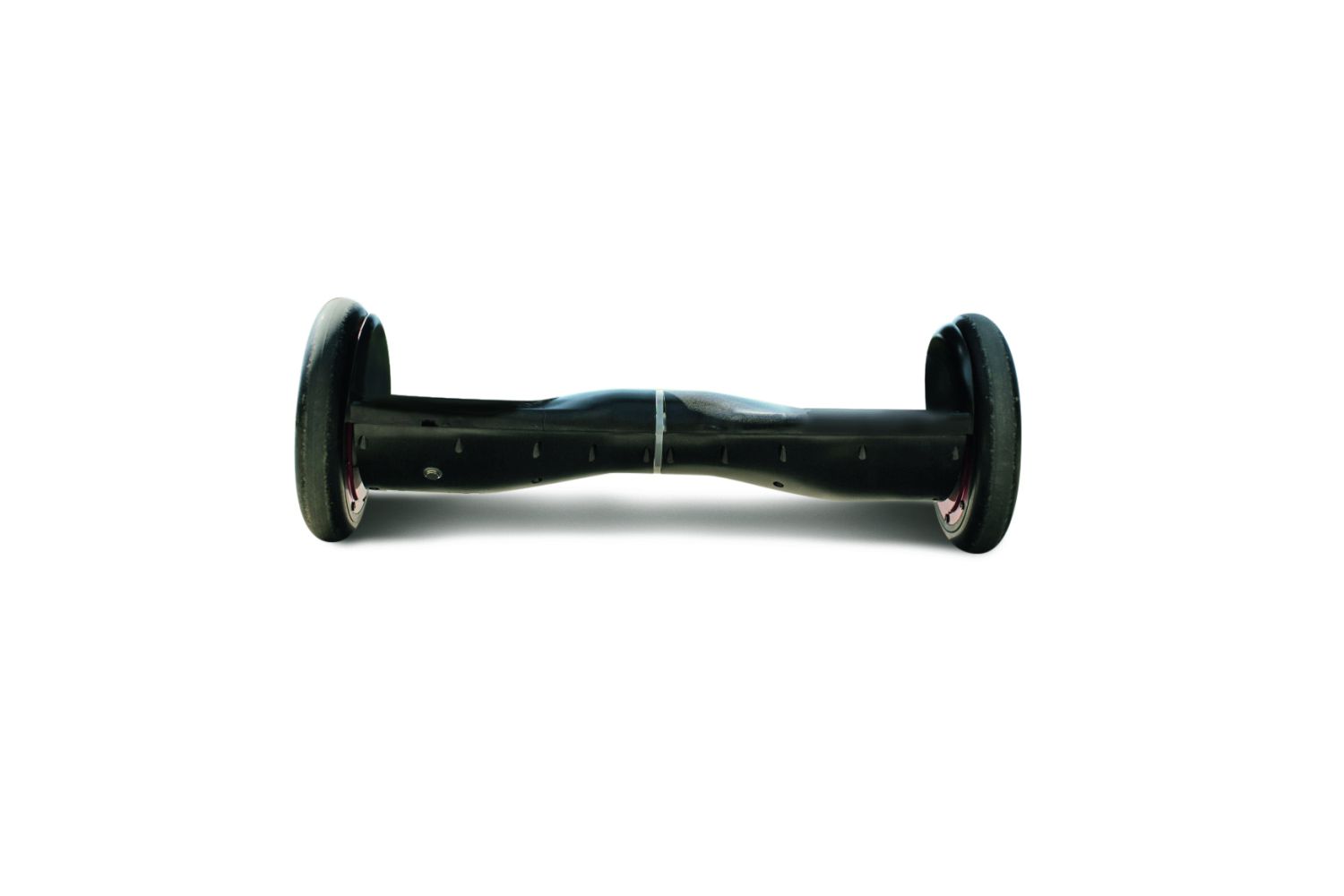
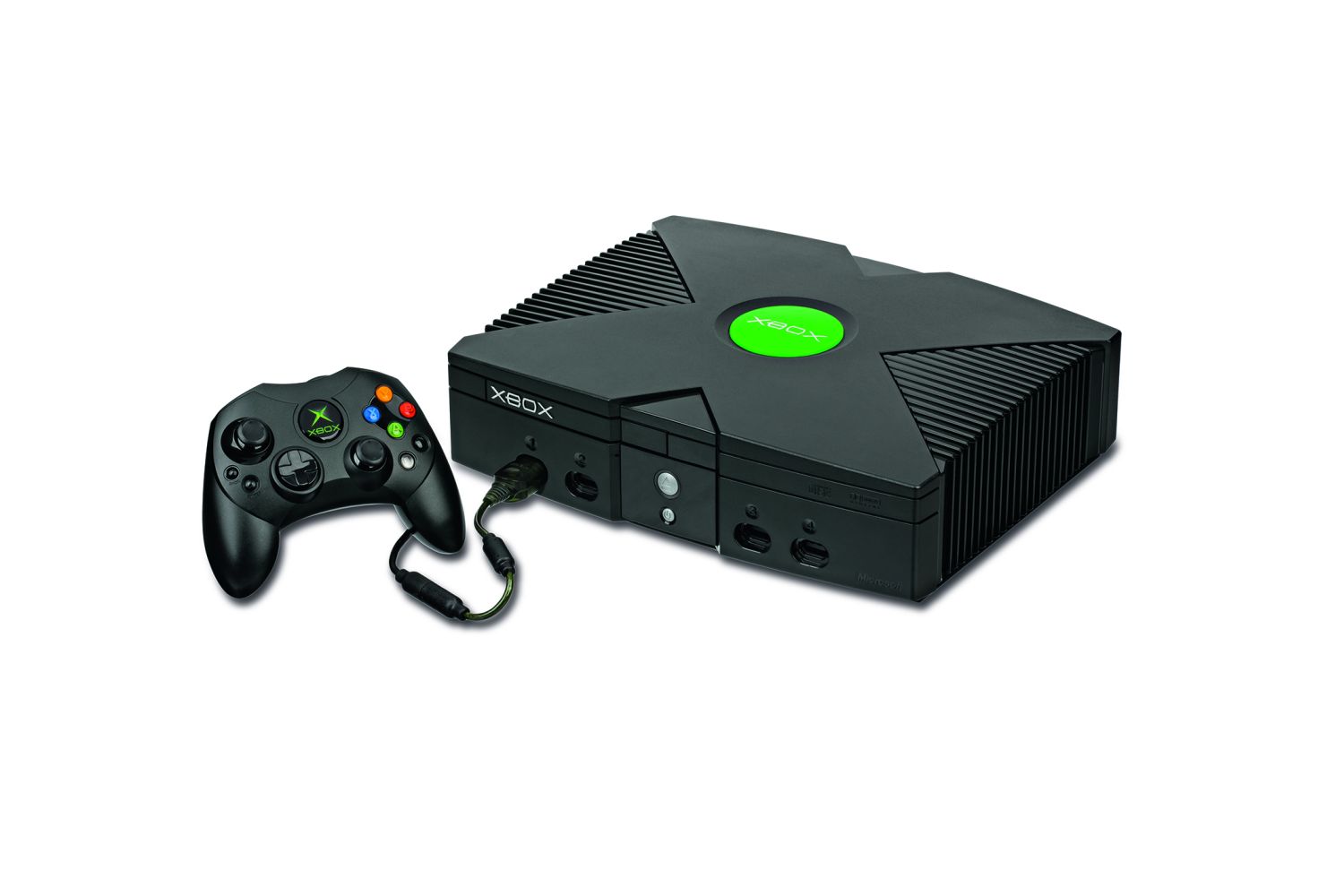
Changing leisure behaviors
The behavior of children in leisure time has changed dramatically. One obvious cause of this is smartphone ownership – 97 percent of German twelve to 18-year-olds own a smartphone, and when lazing around on the couch, the phone is in constant use. This is a picture that unites kids across many countries, with studies and figures from New Zealand, South Korea, China, Kenya and India highlighting the global omnipresence of these seductive mobile devices. The smartphone has become the most important item in the lives of many young people, especially in industrialized countries. Recent studies from Canada and the US point to the consequences of excessive screen consumption, which include a lack of exercise (and the typical consequences), and even demonstrable learning disabilities with screen consumption of two hours or more per day.
“We cannot condemn computer games,” says Herbert Scheithauer, Professor of Developmental Psychology at the Freie Universität Berlin. Studies have shown that computer games can boost creativity, speed, and reasoning, and that multiplayer, team-based games also promote social skills. So, what is it that makes these games dangerous? “Real-time rewards instantly trigger a positive player reaction, with ever-higher levels leading to losing all concept of time.” This represents a real potential for addiction. As with most things, it all depends on the dose.
The psychologist has also made a name for himself in the arena of bullying prevention. Here once again, the smartphone plays a decisive role. According to a current PISA study, almost one in six German 15-year-olds is regularly the victim of physical or mental abuse by classmates. Often, the boundary between offender and victim gets blurred. Scheithauer pleads for a reinforcement to adolescents’ moral compass, self-confidence and social competencies. An over-emphasis on risks and hazards is leading to the extinction of ‘childhood innocence.’
Product safety: Toyed and Tested
CE: Identifier with European validity – manufacturers use this seal to state that their products conform with relevant EU guidelines.
GS: This seal of approval stands for ‘Geprüfte Sicherheit,’ or ‘safety tested,’ and can only be issued by an authorized testing organization such as DEKRA. Internationally recognized seals of approval DEKRA inspects and certifies toys in line with all relevant laws and regulations.
Internationally recognized seals of approval
DEKRA inspects and certifies toys in line with all relevant laws and regulations. For the US market, the DEKRA laboratories in China and Germany are developing third-party tests in line with the Consumer Product Safety Improvement Act (CPSIA). Find out which other international norms DEKRA tests for as follows:
On our website at:
dekra-testing-and-certification.de/en
Or send an email to:
products.de@dekra.com
